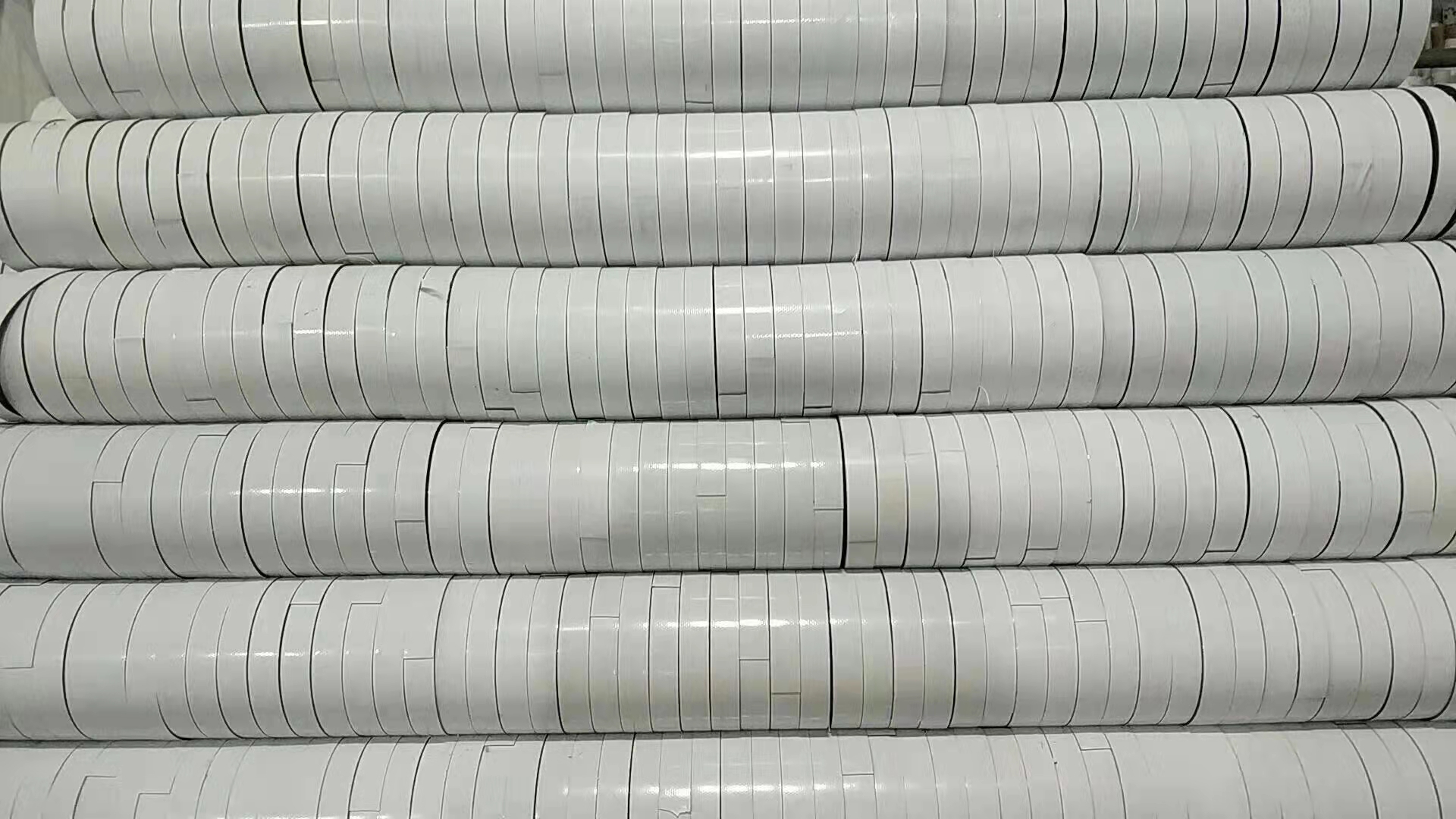Semi-Conductive Water Blocking Tape An Essential Component in Electrical Insulation
In the ever-evolving world of electrical insulation, innovation plays a crucial role in ensuring the safety, reliability, and efficiency of electrical systems. One such innovation that has gained significant attention is semi-conductive water blocking tape. This product is increasingly being utilized in various electrical and electronic applications to enhance insulation performance, prevent water ingress, and improve the longevity of cables.
Understanding Semi-Conductive Water Blocking Tape
Semi-conductive water blocking tape is a specialized type of tape designed to provide water blocking properties while maintaining some level of conductivity. This unique combination allows the tape to serve multiple functions, including insulation, moisture barrier, and even grounding in certain applications. Typically made from high-quality polymer materials, the film is engineered to withstand harsh environmental conditions and resist degradation over time.
One of the primary features of this tape is its ability to block water penetration. In environments where moisture can compromise electrical components and systems, this tape is invaluable. By effectively preventing water ingress, it protects against corrosion, short circuits, and other electrical failures that could arise from exposure to water.
Applications and Benefits
The use of semi-conductive water blocking tape spans several industries, including telecommunications, power generation, and renewable energy. In the telecommunications sector, for instance, it is employed in the insulation of underground cables and fiber optics. By ensuring that moisture does not reach sensitive components, the tape enhances the overall reliability and performance of communication networks.
semi conductive water blocking tape

In power generation, particularly in the installation of medium and high-voltage cables, this tape provides essential protection against moisture that could lead to electrical failures. With its semi-conductive properties, it can also facilitate grounding, improving the safety and efficiency of electrical systems.
Moreover, the renewable energy sector has also embraced this technology. Wind and solar power systems are often exposed to harsh weather conditions, making them vulnerable to moisture-related issues. By using semi-conductive water blocking tape, manufacturers can increase the durability and reliability of cables used in these applications, ultimately contributing to the sustainability of renewable energy solutions.
Installation and Performance Considerations
Proper installation of semi-conductive water blocking tape is crucial to its effectiveness. It must be applied smoothly and evenly over the surfaces intended for insulation, ensuring no air bubbles or gaps that may allow moisture to penetrate. In addition, care must be taken to select the appropriate tape thickness and type based on specific application requirements, as different environments may present unique challenges.
Performance-wise, the effectiveness of the tape in blocking water and providing insulation is influenced by factors such as temperature, humidity, and environmental exposure. Manufacturers typically provide specifications outlining the performance standards of their tapes, which include resistance to UV radiation, thermal stability, and overall durability.
Conclusion
In conclusion, semi-conductive water blocking tape represents a significant advancement in the field of electrical insulation. Its dual functionality of providing water-blocking capabilities while maintaining some level of conductivity makes it a versatile solution for various applications. From protecting critical infrastructure in telecommunications and power generation to enhancing the resilience of renewable energy systems, this tape is proving to be an indispensable component in modern electrical installations. As industries continue to seek reliable solutions to meet the challenges of a changing environment, the adoption of semi-conductive water blocking tape is set to grow, underscoring its importance in safeguarding our electrical systems for the future.
-
XIANGFAN Rubber Tape-Ultimate Solutions for All Your Insulation NeedsNewsJun.24,2025
-
XIANGFAN Rubber Tape-Protection for Industrial and Residential ApplicationsNewsJun.24,2025
-
XIANGFAN Rubber Tape: Superior Safety and Sealing for Demanding EnvironmentsNewsJun.24,2025
-
XIANGFAN Rubber Tape: Reliable Solutions for Every Electrical ChallengeNewsJun.24,2025
-
XIANGFAN Electrical & Industrial Tape: Powering Reliability Across IndustriesNewsJun.24,2025
-
XIANGFAN Electrical & Industrial Tape: Excellence in Every ApplicationNewsJun.24,2025
